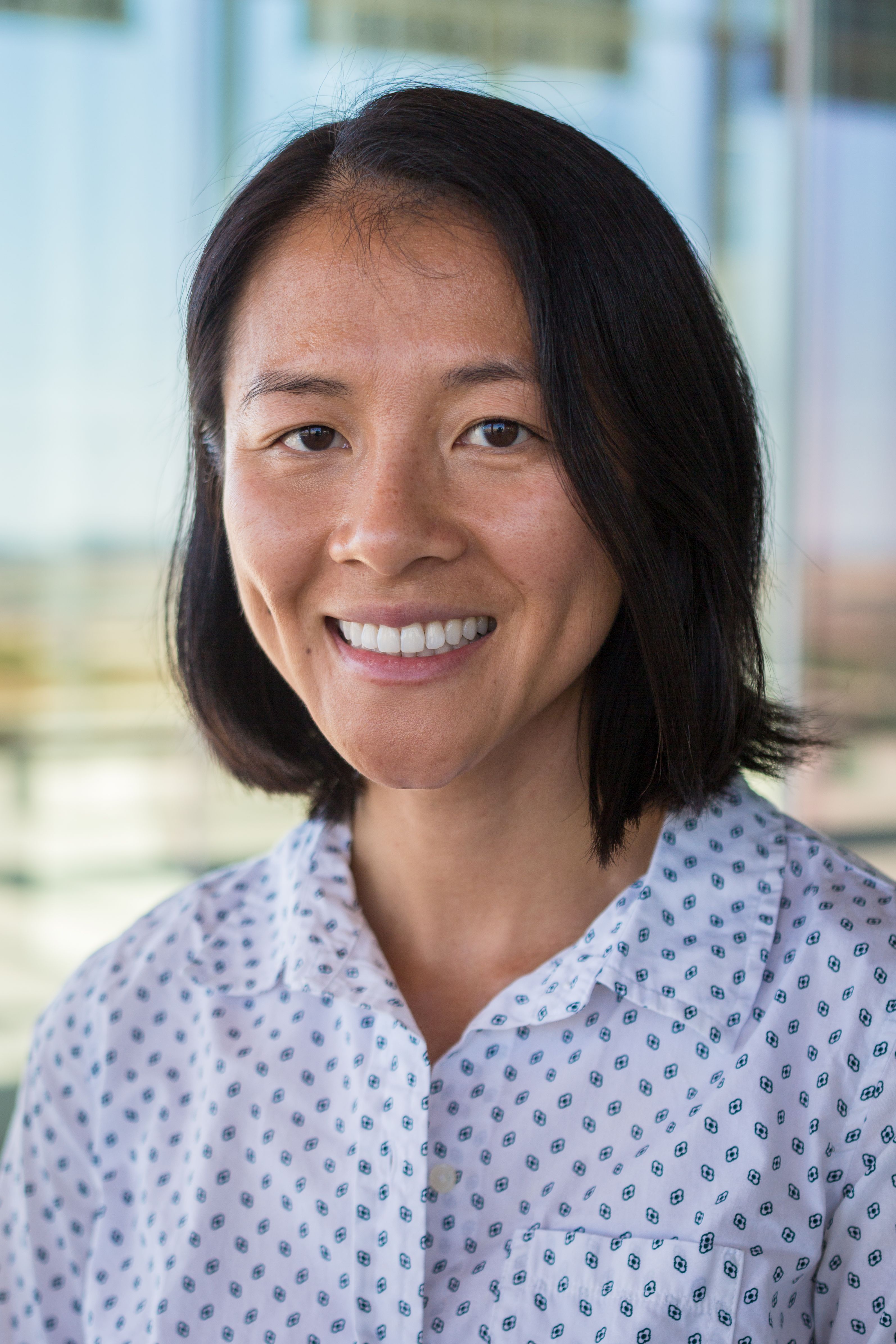MUEY CHING SAETEURN
Research Fellow 2020 supported by The William Lind Foundation
Muey C. Saeteurn is an Assistant Professor of History at the University of California, Merced. She is a social historian of twentieth century Africa specializing in East Africa, agricultural development, and decolonization. She received her Ph.D. from Washington University in St. Louis. In her research, she focuses on how rural women and men experienced, interpreted, and complicated the project of “agrarianism” during the first decade of the development era of the late-1950s and 1960s. She has published on these topics in the Journal of African History. Her forthcoming book, Cultivating Their Own: Agriculture in Western Kenya During the “Development” Era (University of Rochester Press, Summer 2020), examines the structural constraints that not only influenced how national and international development agents administered development projects but also the responses of ordinary Kenyans.
Building on the themes of her first book, Saeteurn’s current project is a historical study about the role African migrant labourers had in expanding Kenya’s tea industry during the decolonization and early-independence era. Specifically, it focuses on migrant workers living on plantation estates established by the world’s leading tea firms such as James Finlay in regions like Kericho, Kenya. The project explores the ways in which migrants shaped the societies, cultures, economies, and politics of the sending and receiving countries in the global South. By considering the daily lives, beliefs, horizons, and desires of tea estate workers, the study neither hides nor flattens the complexity of labour migrancy.
I am grateful for the University of Glasgow Visiting Research Fellowship. The James Finlay & Co archive at the University of Glasgow will be an invaluable resource as I delve into the social history of Kenya’s tea estates. The collection will allow me an opportunity to glean intimate knowledge about the types of interactions and relationships the managerial staff had with the local and foreign estate workers. Such insights will no doubt help me put together a more nuanced picture of what life was like on the tea estates as they were coming into existence.


